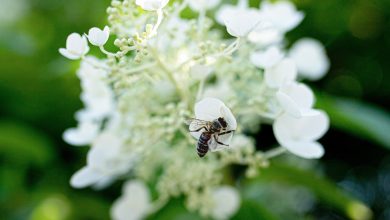Tipuana Tipu
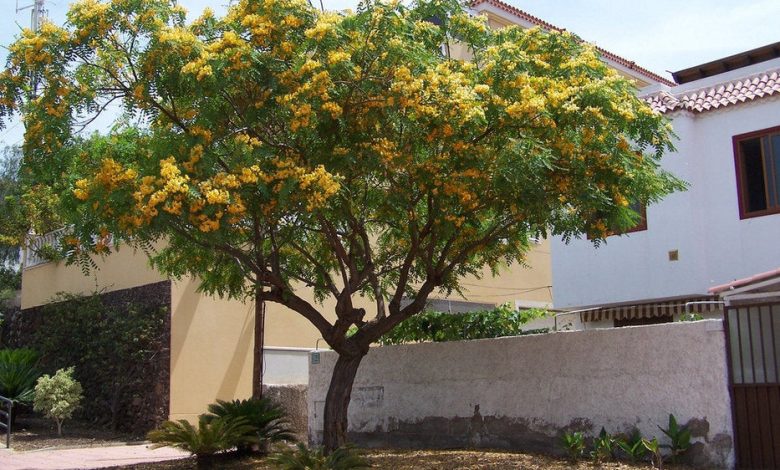
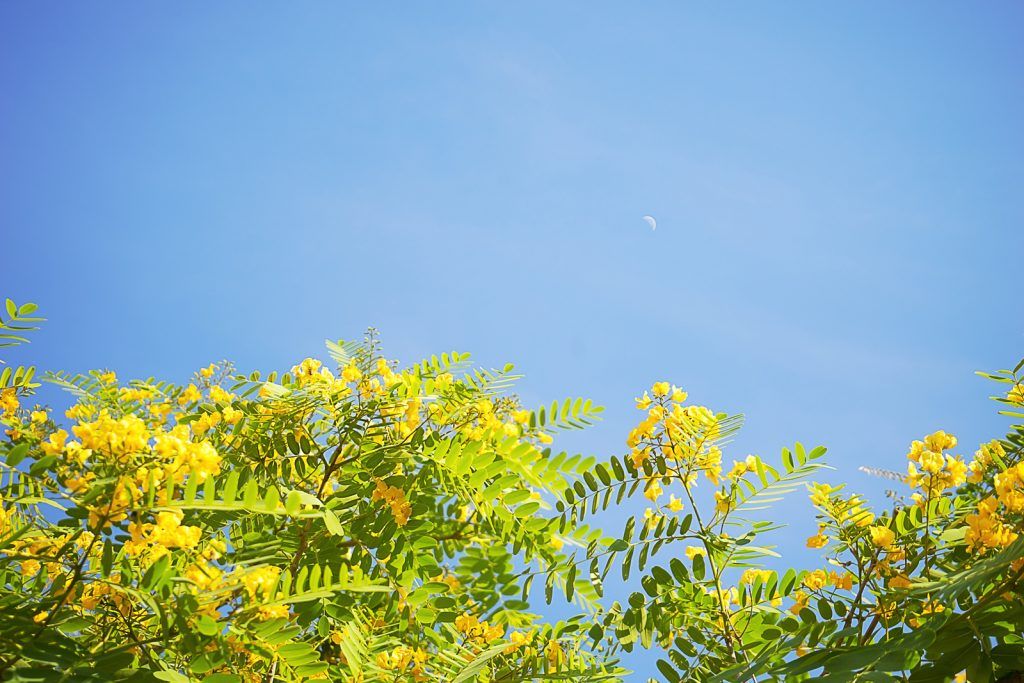
The Tipuana Tipu is a characteristic tall tree that stands out for having pinkish-colored sap. It is popularly known as tipa. Its origin is in South American countries, such as Bolivia and Argentina, but it has managed to adapt very well to the variability of European climates.
It loses its leaves when it gets cold, although it does not do it the same as most species, but rather late. It is a striking ornamental tree, so we invite you to join us to discover some information about it in this post. Does it sound good?
Important points when sowing Tipuana tipu:
- When? In spring.
- Where? Outdoors, where it receives plenty of sunlight.
- How do we prepare the land? It does not require much work, as long as the soil is fertile and loose it will do well.
- How should we water? By drip.
- How often do you have to water? Frequent after planting, spaced after it has managed to establish its root system.
- What care do you need? Prune to control size. Of the rest, it is an undemanding species.
- What pests and diseases does it have? It is a very resistant tree, being able to have infrequent attacks by aphids.
What is tipes?
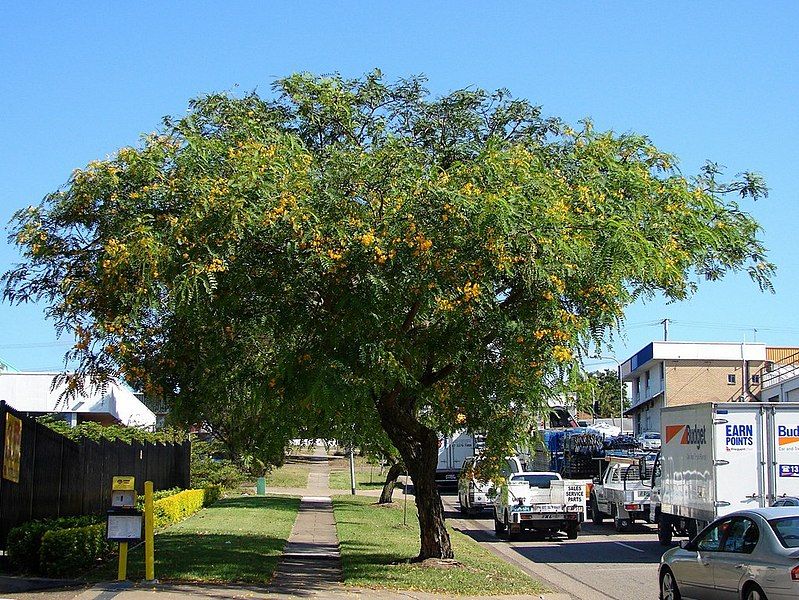
The tipuana tipu tree, or tipas, is an ornamental tree that stands out for its elegant crown design and the emission of pink sap. This sap is easy to see because it is easily emitted through the trunk, as resin formations.
Among its characteristics we have:
- Height: can grow between 10 and 25 meters.
- Trunk: it is thick and grayish in color.
- Leaves: light green colour, abundant in the cup, which makes it quite dense.
- Fruit: it is a legume that can contain between 1 and 3 seeds.
- Root system: wide and strong, it is recommended to plant it in spaces far from buildings or pipes that can damage.
How long does it take to grow a tipuana tree?
The tipuana tree is of accelerated growth and in a few years it will already have a formed juvenile structure. Normally, it takes about 30 days to germinate and several years to reach adulthood, depending on environmental conditions.
When does the tipuana bloom?
The tipuana tree flowers during the months of May, June and July.These flowers are presented in variable colors between yellow and orange, which gives the crown a beautiful contrast that stands out from meters away.
Those warm colors are influenced by a bit of purple or red that lodges in the inner part of the flower, known as a banner. In terms of shape, the flowers are like small butterflies due to the location of their petals.
How is the fruit of the tipuana?
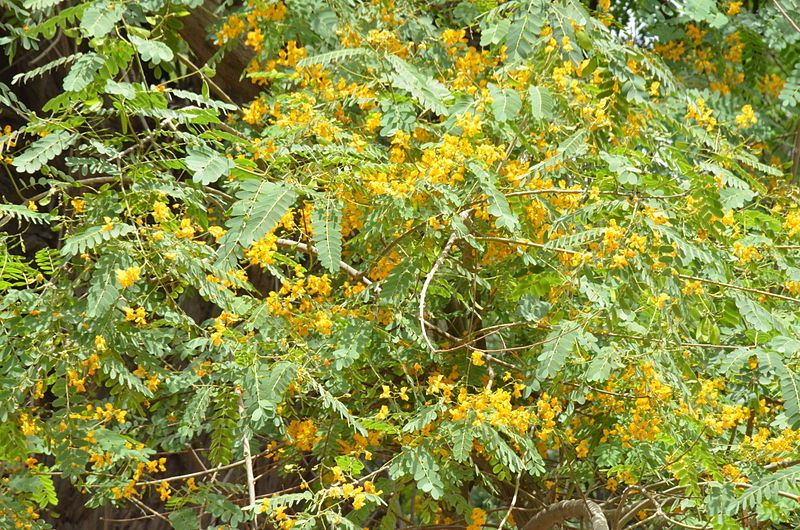
The fruit of the tipuana is a legume that is made up of two parts: a wing and a basal area that is what gives it fertility.The structure is elongated, in the form of a sheath, light, which helps it to be carried by the wind. It is green in color and when ripe it turns brown.
Within it, between 1 and 3 seeds are developed for each specimen. These seeds are of a red hue. They have a high germination capacity, so they can thrive with little effort.
The fruit is born after flowering, during the month of August. However, it does not seek dispersal at this time but remains attached to the structure of the tree until the following year.
When should the tipuana tree be pruned?
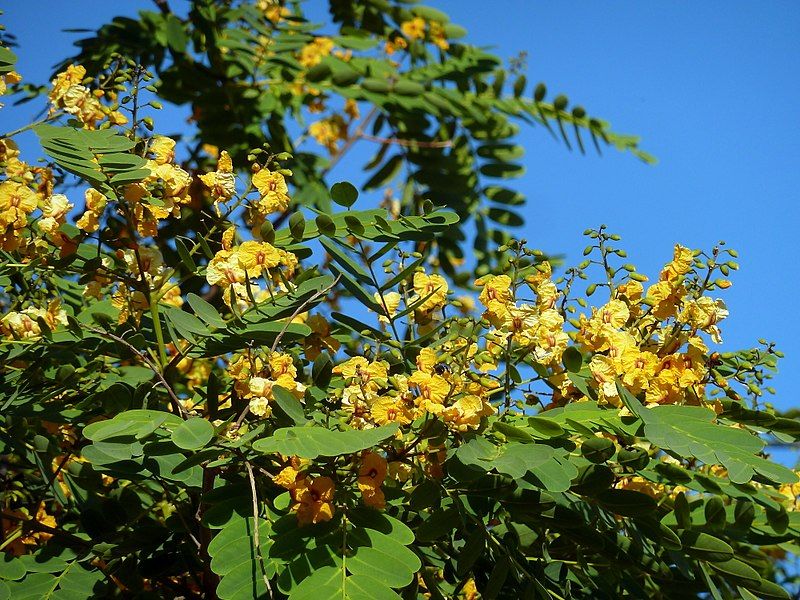
The tipuana is a species that willingly accepts pruning, becoming a task to implement in garden planting to control growth. The ideal moment is the end of winter, when it is still in vegetative rest and there are a few days left before the start of a new budding.
Ideally, focus on the structure of the tree and removing any parts that may be damaged. It heals well, although if the cuts are on very thick branches, it is better to help it with a healing agent to reduce the risk of disease.
Normally, in tipuanas planted in parks or public areas, pruning is not carried out until it is mandatory due to issues such as space or that the branches are causing some damage.
How is the tipa seed dispersed?
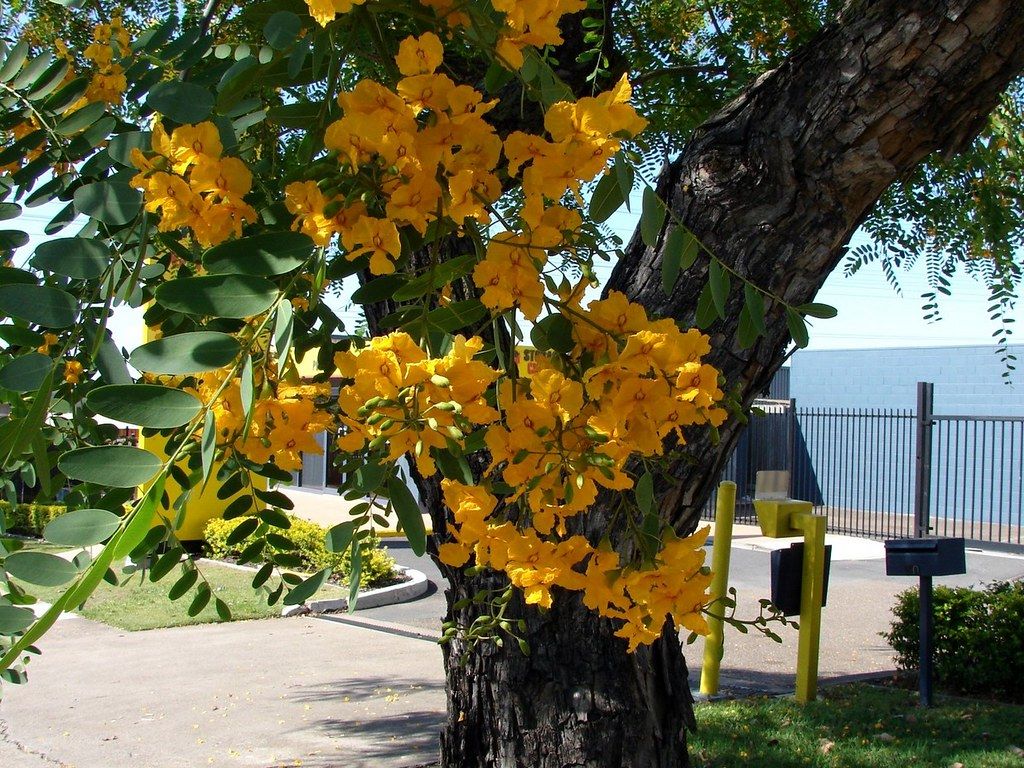
The seed is dispersed thanks to the action of the wind since the structure itself is adapted to facilitate movement.The focal point for this is on the wing, which acts as a support element to support the weight of the pod containing the seeds.
What are the girls crying?
Types are trees with a weeping structure, if you will. What they cry are their elongated branches that form arches capable of reaching the ground.To avoid this mishap and that they lose their efficient ability to provide shade, a procedure known as marking the cross must be carried out.
This seeks to create a long trunk in height and ensure that the branches detach from the highest part so that as they grow they do not touch the ground.
What benefits does the tipa have?
- On a structural level, the tipa is a tree with a striking design to establish in the garden or any outdoor space. It may be able to offer shade on summer days, making it easier to enjoy the outdoors.
- In autumn, for its part, it is one of the trees that causes the greatest impact by losing its yellow leaves and flowers, creating an incredible visual aspect.The wood of the tipuana is used in certain carpentry works, since it is not very resistant.
- The leaves are ideal for helping rest areas that are prepared for livestock on farms. On a medicinal level, some scholars have found virtues in the sap to treat inflammation and scarring problems.
When choosing a tree that is useful for ornamental design and offers good shade during the summer, there is no doubt that the tipuana tipu is an ideal option. Take advantage of it because it is also a species that will hardly require any effort from you because it is very resistant.

